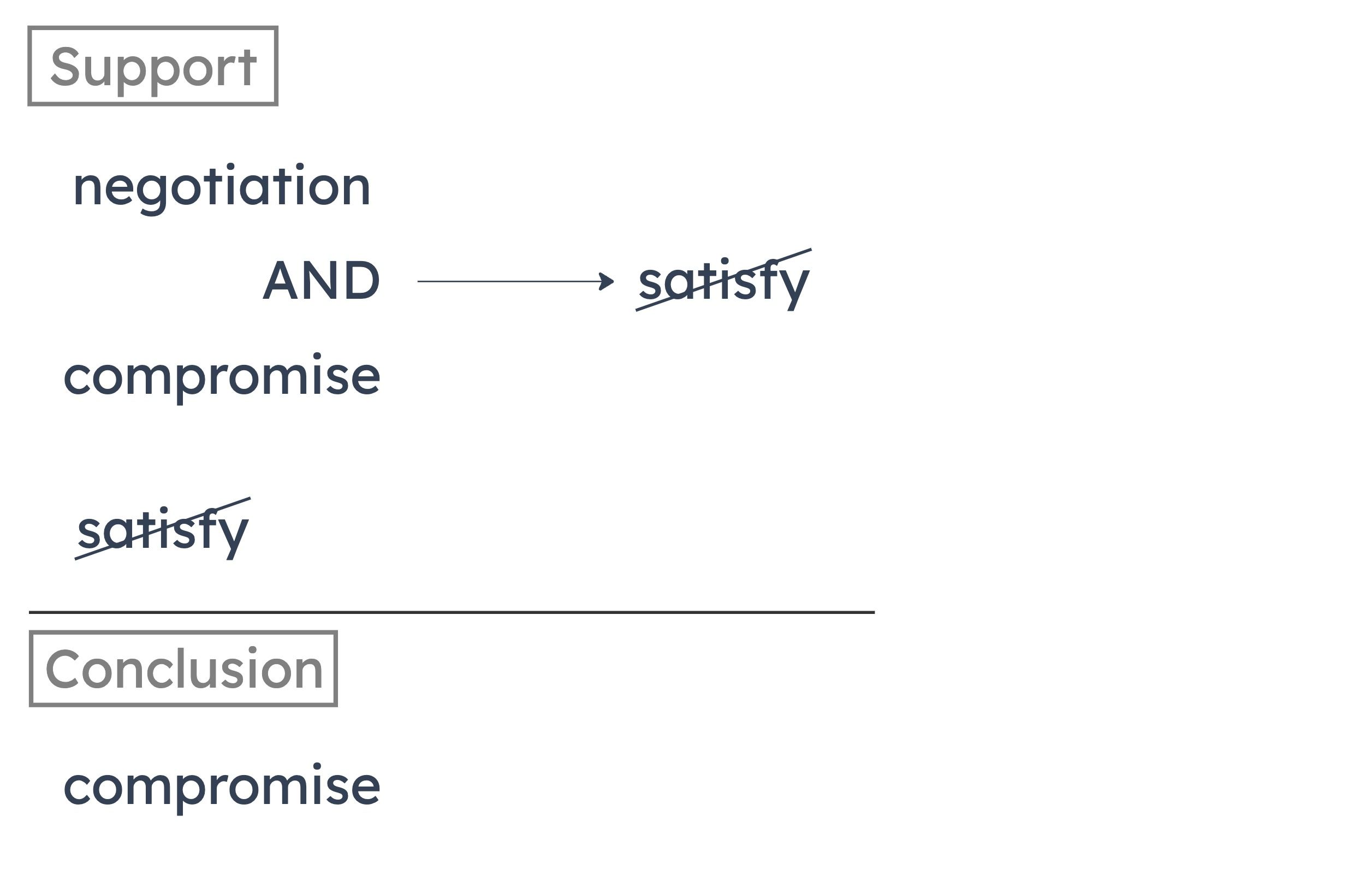Inventor: All highly successful entrepreneurs have as their main desire the wish to leave a mark on the world. Highly successful entrepreneurs are unique in that whenever they see a solution to a problem, they implement that idea. All other people see solutions to problems but are too interested in leisure time or job security to always have the motivation to implement their ideas.
Summary
The stimulus can be diagrammed as follows:

Notable Valid Inferences
People who implement the solutions that they see whenever they detect them have as their main desire the wish to leave a mark on the world.
A
Most people do not want to leave a mark on the world because trying to do so would reduce their leisure time or job security.
Could be false. The stimulus does not discuss quantities, so we cannot infer what “most people” don’t want.
B
All people who invariably implement their solutions to problems have at least some interest in leisure time or job security.
Could be false. We don’t know anything about how interested in leisure time or job security the invariable problem solvers are.
C
The main desire of all people who implement solutions whenever they detect them is to leave a mark on the world.
Must be true. As shown below, implementing solutions whenever one detects them is a sufficient condition for having one’s main desire be to leave a mark on the world.

D
Generally, highly successful entrepreneurs’ interests in leisure time or job security are not strong enough to have a negative impact on their ability to see solutions to problems.
Could be false. From the stimulus, we just know that when highly successful entrepreneurs see solutions, they implement the solutions. We don’t know anything about how often they see solutions, or what factors influence their ability to see solutions.
E
All people whose main desire is to implement their solutions to problems leave a mark on the world.
Could be false. The stimulus discusses people who implement their solutions, not people whose main desire is to implement their solutions. Similarly, the stimulus discusses those whose main desire is to leave a mark on the world, not those who actually leave a mark.
(1) If legislation is the result of negotiation and compromises between competing interest groups, it will not satisfy any of those groups.
(2) All the groups involved in the trade agreement are unhappy— or unsatisfied— with it.

In other words, it’s possible that the trade agreement was not the result of compromises, even though all of the interest groups were unsatisfied with it.
A
It draws a conclusion that is merely a disguised restatement of one of its premises.
B
It concludes that a condition is necessary for a certain result merely from the claim that the condition leads to that result.
C
It relies on understanding a key term in a quite different way in the conclusion from the way that term is understood in the premises.
D
It takes for granted that no piece of legislation can ever satisfy all competing interest groups.
E
It bases a conclusion about a particular case on a general principle that concerns a different kind of case.